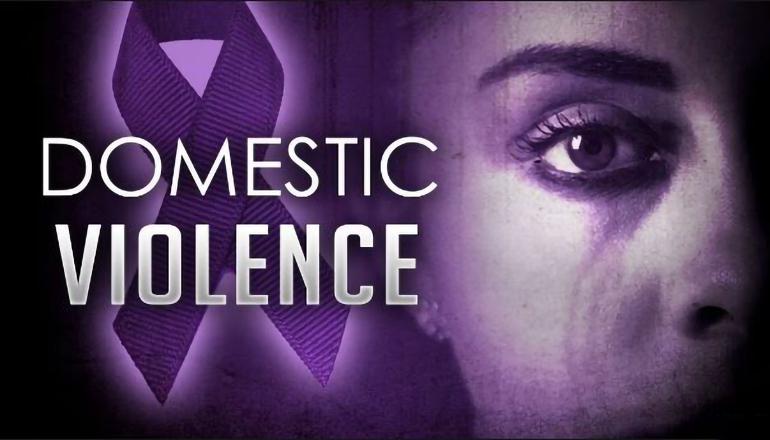People with no formal health training may be able to spot signs of brain injury in domestic-violence survivors, using a set of tools called CARE, which stands for Connect, Acknowledge, Respond, and Evaluate. Severe intimate-partner violence is often targeted at the head and neck, and in the airways.
Julianna Nemeth, assistant professor, college of public health, The Ohio State University explained since these injuries often are invisible, staff at domestic-violence service organizations and medical providers may not be aware of how best to meet a survivor’s needs, and added brain injuries impact a person’s cognitive function, decision-making skills, and planning ability. “The other impact of brain injury can be things like seizures, constant headaches, balance problems, anger and rage, and ability to control emotions,” she said. “Those are all things that impact survivors’ daily function.”
Nemeth recently co-authored a paper on the effectiveness of the CARE model. She said its four cornerstones include connecting with survivors; acknowledging that head trauma, strangulation, and related challenges are common; responding by collaborating with survivors to develop accommodations for challenges related to suspected brain injury caused by violence; and evaluating services by establishing a strong feedback loop with survivors to ensure their needs are being met.
Nemeth added that memory problems, depression, and suicidal thoughts can also be affected by trauma to the brain. “Emerging literature really is suggesting to us that brain injury from domestic violence is not only prevalent, but it’s really having neurologic psychologic cognitive, and behavioral impacts,” she continued.


